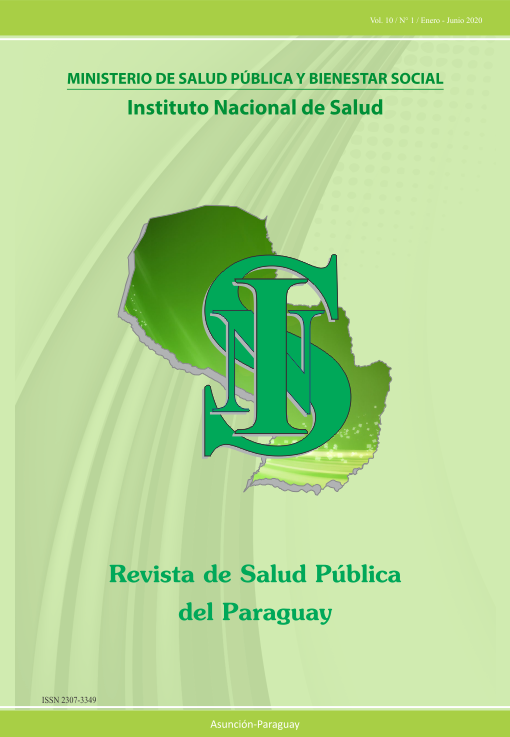Suicide Attempts Among School-Attending Adolescents in Argentina, Bolivia, and Uruguay: Associated Factors and Gender Differences
Main Article Content
Abstract
Introduction: Suicide is among the leading causes of death in adolescents and shows an increasing trend. Suicide attempts are the most important risk factor for suicide.
Objective: To analyze the similarities and differences in risk and protective factors associated with suicide attempts among school-attending adolescents aged 13 to 17 in Argentina (2018), Bolivia (2018), and Uruguay (2019), according to gender.
Materials and methods: Data were obtained from the Global School-based Student Health Survey (GSHS) developed by the WHO. Various risk and protective factors and their interaction with gender were analyzed. Logistic regression models were applied.
Results: Similar patterns were observed across the three countries; exposure to certain factors—such as feelings of loneliness, lack of friends, insomnia, experiences of stress and violence—increased the likelihood of suicide attempts. In contrast, positive relationships with parents, for instance, were associated with a lower risk. Moreover, the impact of each factor differed between boys and girls.
Conclusion: The findings highlight the need to implement policies to address this issue from gender, generational, and territorial perspectives.
Downloads
Article Details

This work is licensed under a Creative Commons Attribution 4.0 International License.

